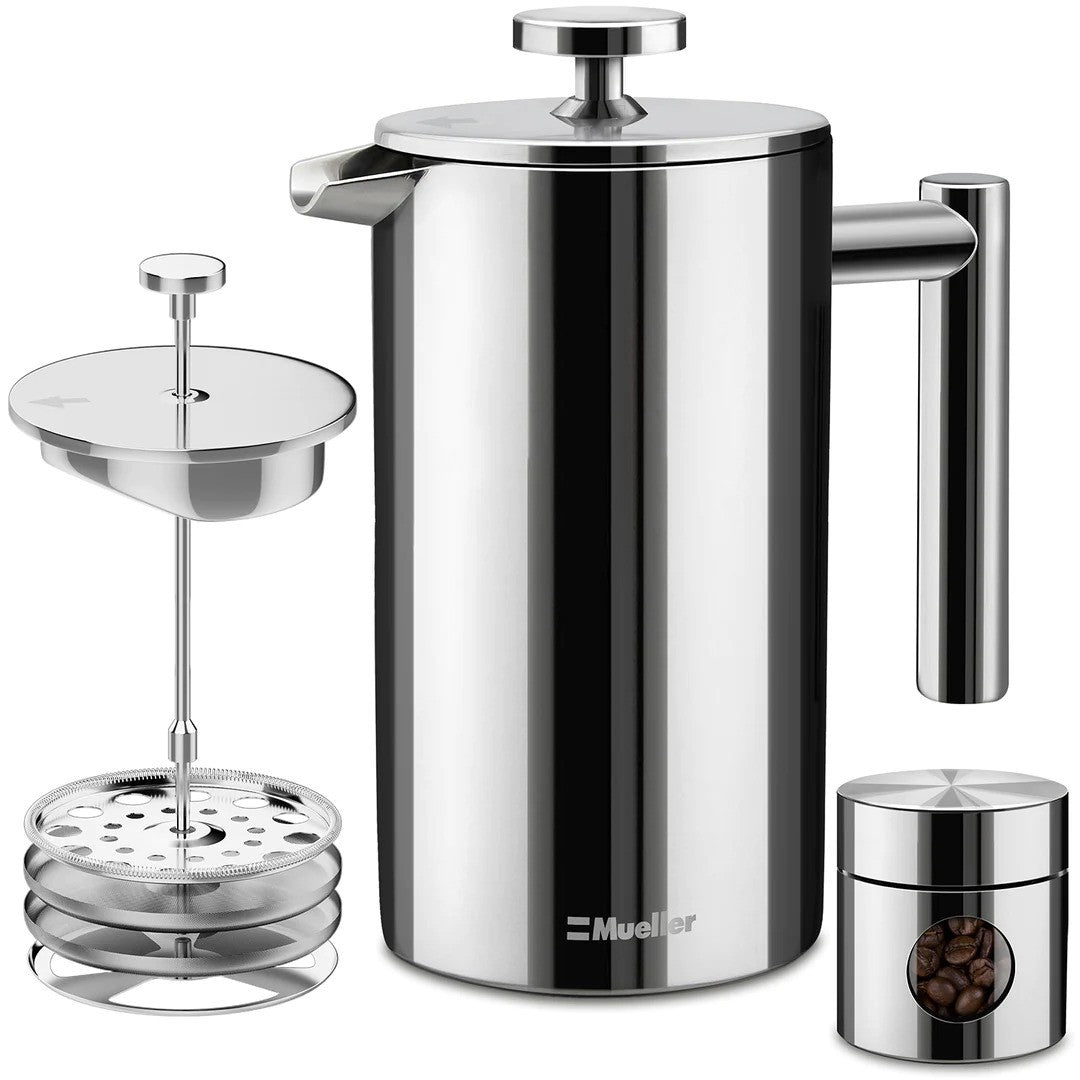Decaf Kona ?
We recently received a bad review from a guest who was angry because we do not sell decaffeinated coffee. He didn’t talk to us about it, just walked out and later gave us a bad review. If he had talked to us, we would have told him we don’t decaffeinate our coffees because it degrades the flavor. We work hard to create a world class coffee and it doesn’t make sense to dumb it down through the decaffeination process.
Few consumers know how their coffee is decaffeinated. First, because the process is expensive, most producers use their low quality beans for decaf. Decaffeination doesn’t improve the flavor so the result is even lower quality coffee.
Last year, Coffee Review did a cupping on a number of decaf coffees. Their conclusion was:
Most decaffeinated coffees continue to be bad, in some cases close to foul. Not only are the sensory profiles flattened and simplified by the brutality of the decaffeination process, but this process often adds mysterious flavor notes to the cup for which the ordinary coffee lexicon has no words. Some of the words we came up with this month for decaf-processing taints: alfalfa in a hot barn, ripe mulch, rotten wood, sour nut, faintly chocolaty algae. In some cases these disturbing flavor notes seem compounded by careless roasting – decaffeinated coffees are notoriously difficult to roast. Coffee Review August 2015
There are a number of different processes used to decaffeinate coffee. In most cases, the consumer isn’t told which process has been used. The most common are the Swiss Water Process, the supercritical CO2 process, the methyl chloride process and the ethyl acetate process. Because it is cheaper, seventy percent of all coffee decaffeination is done either though the methyl chloride or the ethyl acetate process.
In the Swiss Water Process, the supercritical CO2 process and the methyl chloride process green coffee beans are soaked in hot or boiling water for several hours. In the ethyl acetate process, the beans are steamed for 30 minutes. This results in leaching out the caffeine from the beans along with other water soluble organic compounds, acids and oils. It is these other compounds that give coffee its flavor.
Each of the processes uses a different method to put the flavor back into the coffee beans. In the Swiss Water Process, the water, after soaking, is drained off of the beans. The caffeine is removed by filtering through charcoal. The first set of green beans is then discarded and the filtered water is used to soak the next batch of green beans. The result is that the new beans retain their flavors but release their caffeine. This process is continued until the entire batch is finished. The green beans are then dried.
In the CO2 process, after steaming, the beans are subjected to liquid CO2 under pressure. The CO2 liquid attaches to the caffeine but not to the other oils and flavors in the bean. The liquid CO2 is drained off with the caffeine. The green beans are then dried and ready for roasting.
There are two methods for Methyl Chloride and Ethyl Acetate extraction of caffeine. In the direct method, the green beans are repeatedly washed in the solvent for several hours until at least 97% of the caffeine has been removed. In the indirect method, the beans are soaked in near boiling water for several hours. The water is then drained off and mixed with the solvent. The mixture is then boiled to evaporate the solvent and the caffeine. The remaining water is then poured back over the green beans to reabsorb the water and flavors.
It is possible to take very good coffee beans and make a good decaf but no one claims that the decaf beans taste as good as or better than the original coffee beans.

